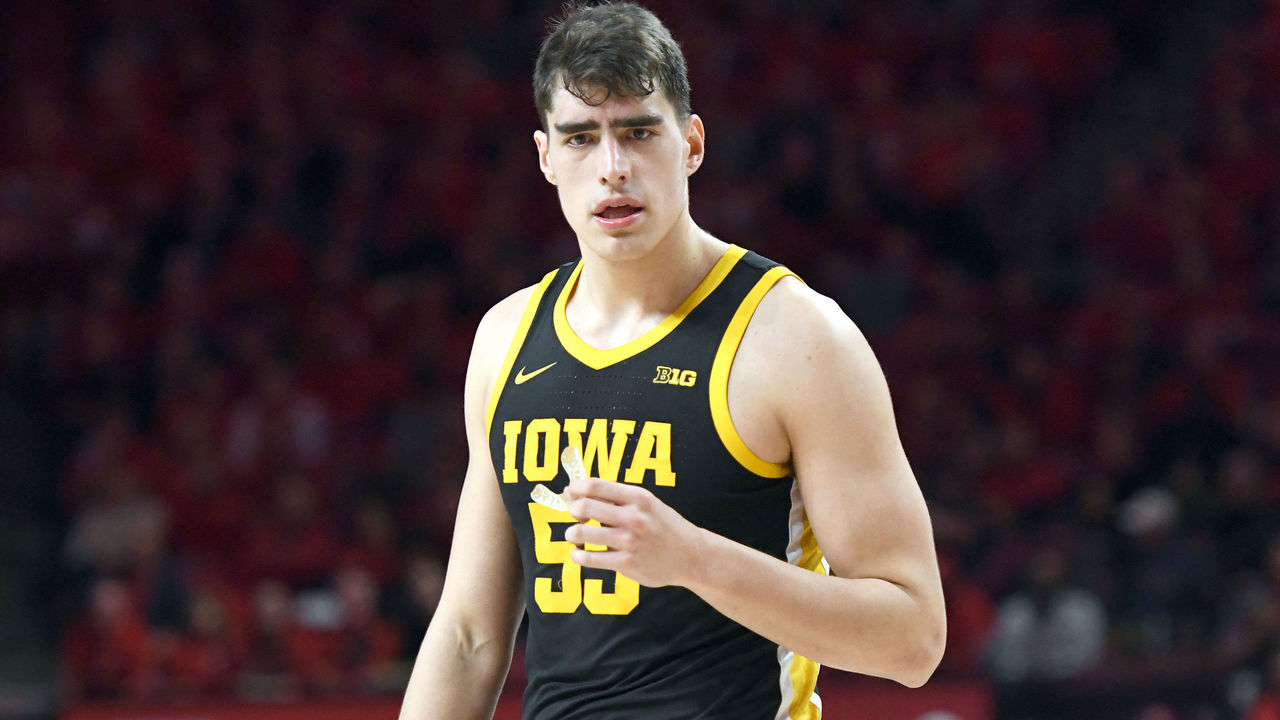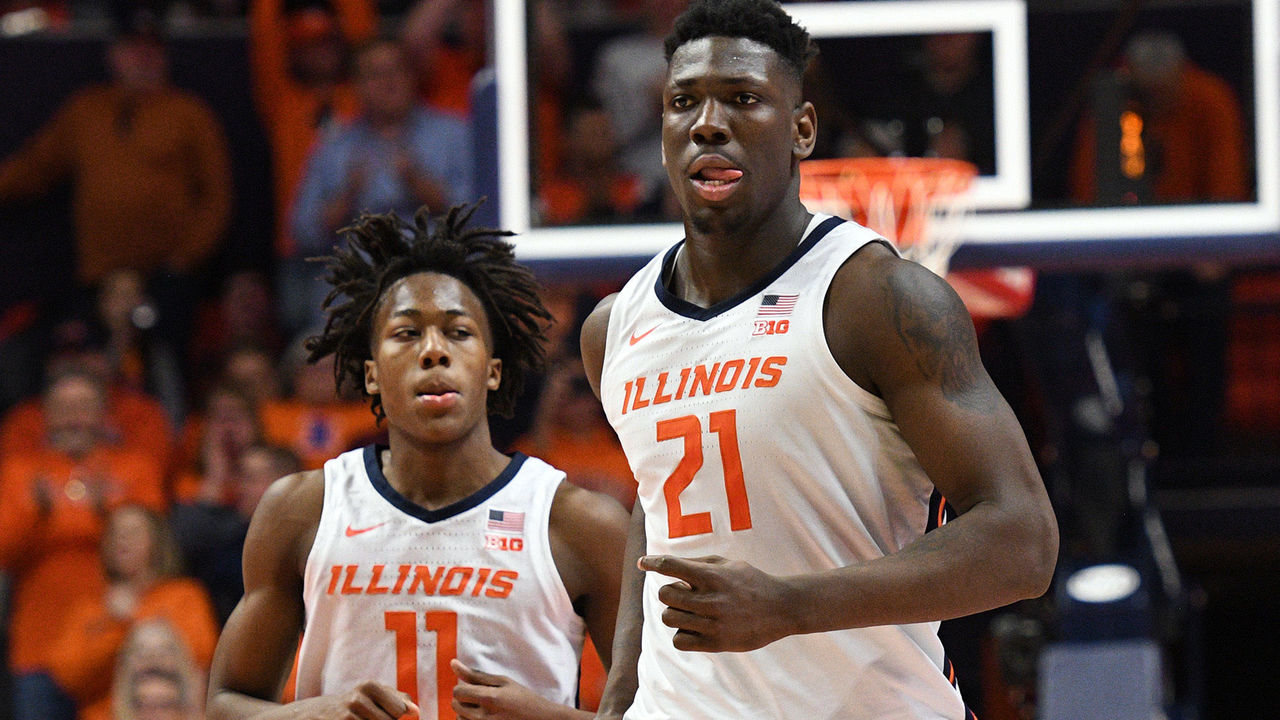Major conference preview: 5 questions for the Big Ten
Whatever shape or form the NCAA basketball season takes, seven Big Ten teams enter the 2020-21 campaign ranked among the preseason AP Top 25.
While conference play is set to begin Dec. 13 between Penn State and Michigan, schools have yet to receive scheduled times for tipoff. The Big Ten tournament is set for March 10-14 in Chicago.
On the court, here are five questions for the upcoming season in the first of our six-part college basketball preview:
Is Rutgers for real?
The last time Rutgers entered a season ranked in the preseason top 25 was in 1978-79. The Scarlet Knights cracked the national rankings midway through last season after being widely picked to finish near the bottom of the Big Ten. Still, the school only mustered a 3-4 record against ranked conference opponents.
This No. 24 team is led out of the backcourt by Ron Harper Jr. - son of five-time NBA champ Ron Harper - and Geo Baker, who both combined to average 23 points a game in 2019-20.
"Although we look like we're the hunted and not the hunter this year, we'll still look at it as every game we have to prove ourselves," Harper recently told APP's Jerry Carino.
Can Garza's experience put Iowa over the top?

While the value of old-school big men in the NBA ain't what it used to be, Luka Garza could've easily decided to go the pro route this past summer. Instead, he returned to Iowa for his senior year and headlines the preseason All-America team.
The Hawkeyes' No. 5 preseason ranking is the school's highest in 65 years, putting pressure squarely on Garza's shoulders to help lead Iowa to its first Final Four since 1980.
Garza's supporting cast is solid and experienced. Guard Jordan Bohannon returns for a fifth year after getting a medical redshirt last season, while Joe Wieskamp enters his junior season coming off an All-Big Ten third-team nod.
Is Wisconsin the best team in the conference?
Like Iowa, No. 7 Wisconsin has experience. The Badgers return five seniors who were major rotation pieces last season, led by forwards Nate Reuvers and Micah Potter - who combined to average almost three blocks per game together. The pair were a big reason why Wisconsin had the third-best adjusted defensive efficiency in the country, per KenPom.
On top of that, they can shoot. Wisconsin posted the second-best 3-point percentage in the conference last year, with Potter, D'Mitrik Trice, and Brad Davison all shooting over 35% from deep. Trice has been named to the Bob Cousy Award preseason watch list.
How good is Illinois?

The Fighting Illini enter the season ranked eighth nationally, adding a top-20 recruiting class alongside blue-chippers Ayo Dosunmu and Kofi Cockburn. Four-star freshman guard Adam Miller arrives via the same Chicago high school Dosunmu attended, and it appears coach Brad Underwood is building something with the state's deep talent pool.
The question is - as it always is with any young, talented team - can they put it together? Had there been an NCAA tournament last spring, there's a feeling Dosunmu's NBA draft stock could have skyrocketed to the point he would've gone pro.
Here's another chance for he and Illinois to make some noise and reach the school's first Final Four since 2005.
Can we ever write off Michigan State?
The answer is probably no. The Spartans enter this season ranked 13th nationally and fourth in the Big Ten despite the NBA departures of Cassius Winston and Xavier Tillman.
The team is now led by junior forward Aaron Henry and sophomore guard Rocket Watts, the latter of whom has to be a shoo-in for an All-Name team nod. Michigan State also hopes to get a boost from the return of sharpshooter Joshua Langford, who missed most of the last two seasons with a foot injury.
Since Tom Izzo took over the program in 1995, the Spartans have never gone longer than four years between Final Four appearances.